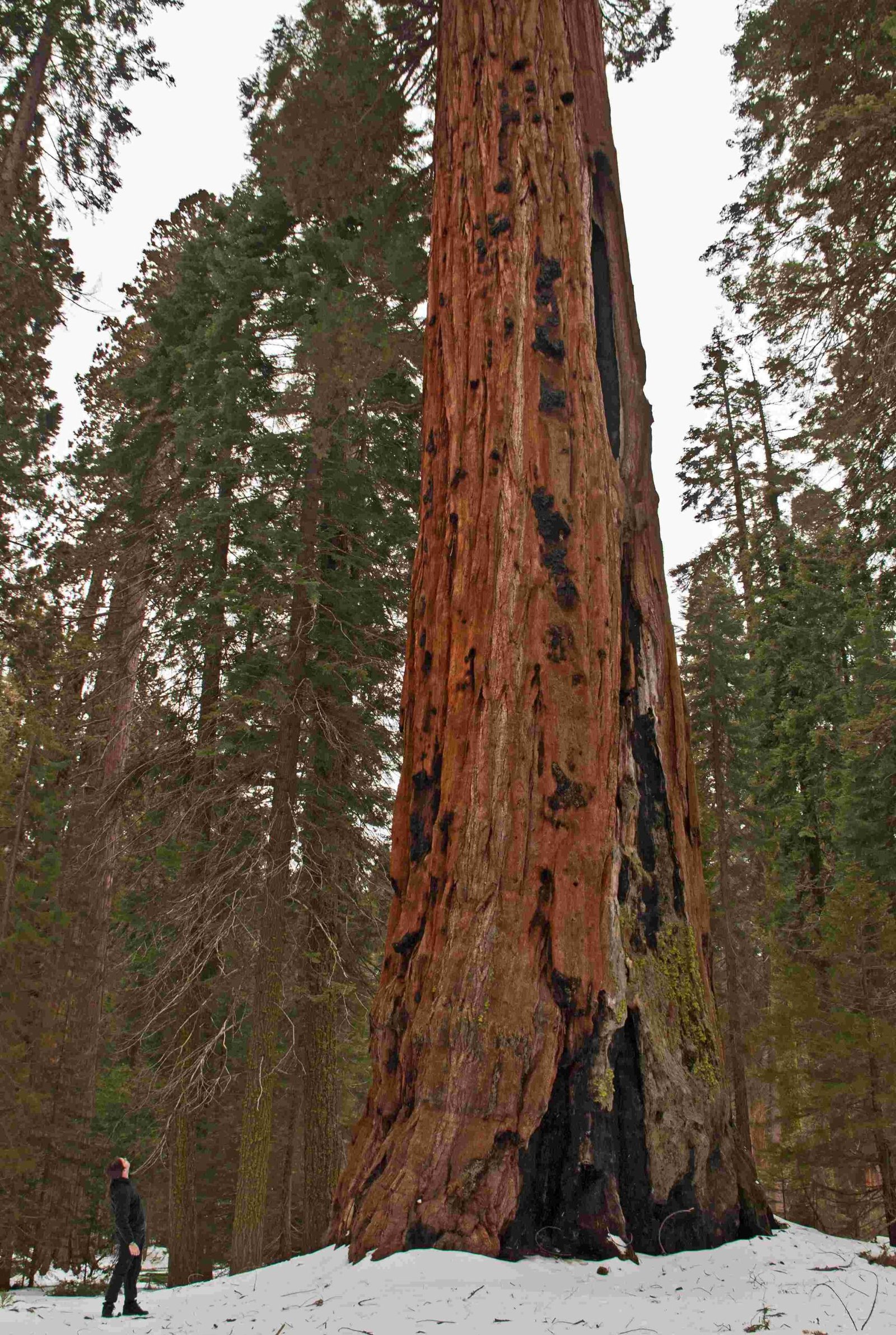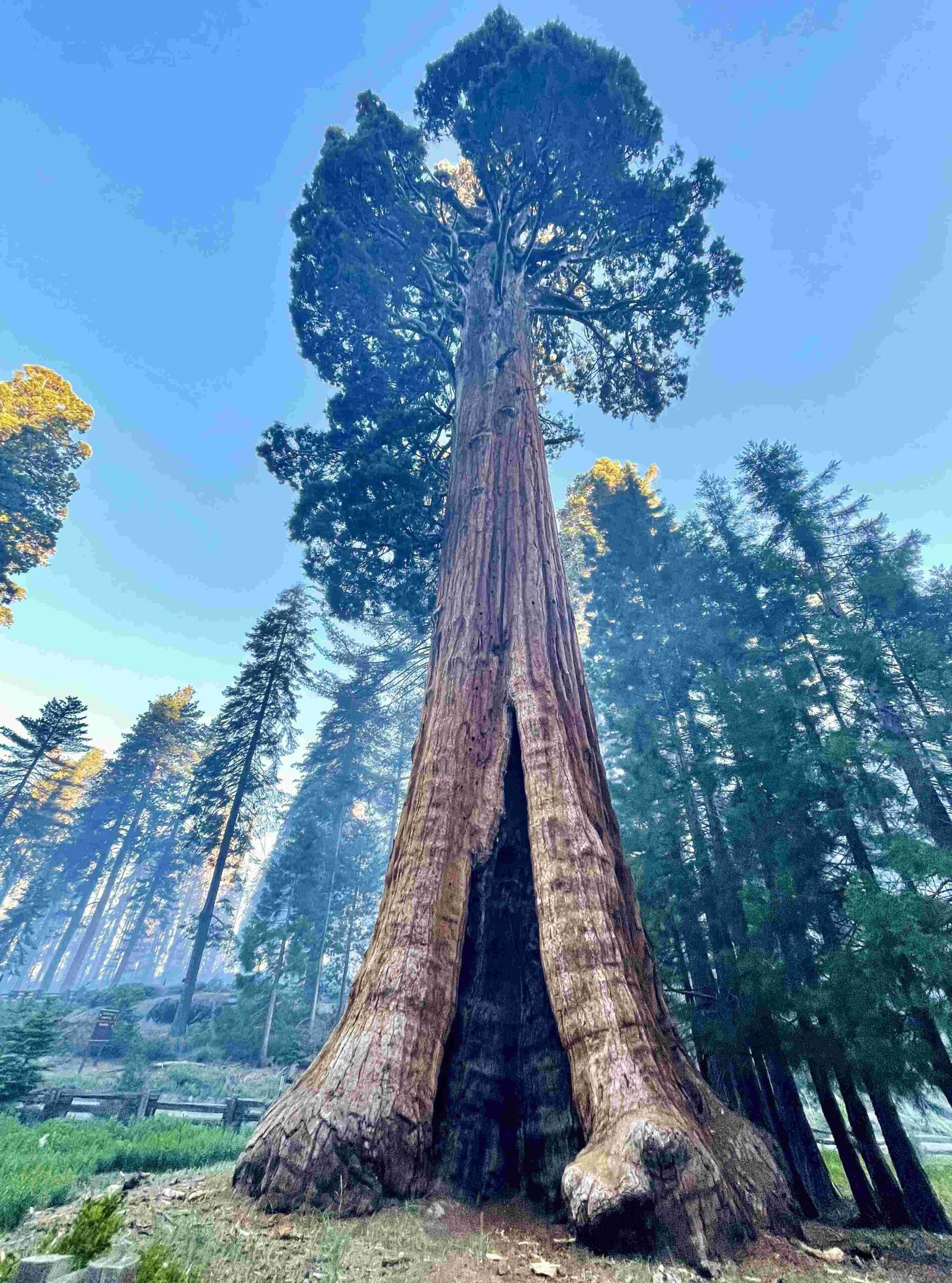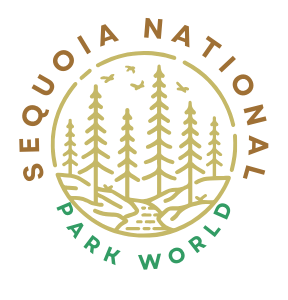Sequoia National Park, home to the world’s largest trees, offers a breathtaking journey through ancient forests, rugged mountains, and diverse ecosystems. This inside guide provides essential information for visitors, covering hiking trails, visitor centers, maps, and accommodations. From easy walks to challenging backcountry treks, Sequoia National Park caters to all levels of outdoor enthusiasts, promising unforgettable experiences amidst nature’s giants.
What Are the Must-See Attractions in Sequoia National Park?

Sequoia National Park boasts several iconic attractions that should not be missed:
- General Sherman Tree: The largest tree on Earth by volume
- Giant Forest: Home to five of the ten largest trees in the world
- Moro Rock: A granite dome offering panoramic views of the Great Western Divide
- Congress Trail: A paved loop showcasing numerous giant sequoias
- Tunnel Log: A fallen sequoia that cars can drive through
- Crystal Cave: A marble karst cave with stunning formations (seasonal tours available)
How Can I Plan My Hiking Adventures in Sequoia National Park?

Sequoia National Park offers a diverse range of hiking trails suitable for various skill levels. Here’s a breakdown of some popular trails:
Easy Trails
- General Sherman Tree Trail
- Distance: 0.25 miles roundtrip
- Difficulty: Easy
-
Highlights: World’s largest tree by volume
-
Big Trees Trail
- Distance: 1.5 miles
- Difficulty: Easy
-
Highlights: Round Meadow, giant sequoias, interpretive exhibits
-
Congress Trail
- Distance: 2.7 miles
- Difficulty: Easy to moderate
- Highlights: General Sherman Tree, President Tree, Senate Grove
Moderate Trails
- Tokopah Falls Trail
- Distance: 4.2 miles roundtrip
- Difficulty: Moderate
-
Highlights: Tokopah Falls, Marble Fork of the Kaweah River
-
Moro Rock/Soldiers Trail Loop
- Distance: 4.6 miles
- Difficulty: Moderate
- Highlights: Moro Rock, Roosevelt Tree, Tunnel Log
Strenuous Trails
- Alta Peak Trail
- Distance: 14 miles roundtrip
- Difficulty: Strenuous
-
Highlights: Alta Peak summit, views of Great Western Divide
-
Mount Whitney Trail
- Distance: 22 miles roundtrip
- Difficulty: Very Strenuous
- Highlights: Highest peak in contiguous United States
What Services Are Available at Sequoia National Park Visitor Centers?
Sequoia National Park’s visitor centers offer a range of services to enhance your park experience:
- Operating hours: Typically 8 AM to 4:30 PM (may vary by season)
- Amenities: Restrooms, gift shops, educational exhibits
- Resources for hikers: Trail maps, safety information, permits
- Ranger-led programs: Guided hikes, nature walks, educational talks
Where Can I Find Reliable Maps and Guides for Sequoia National Park?
Reliable maps and guides are essential for navigating Sequoia National Park:
- Trail maps: Available at visitor centers and online
- Topographic maps: Show terrain details and elevation contours
- Guidebooks: \”Sequoia and Kings Canyon National Parks: A Guide to Amazing Day Hikes\”
- Apps: National Park Service (NPS) app, AllTrails
What Accommodation Options Are Available in Sequoia National Park?
Sequoia National Park offers various accommodation options to suit different preferences:
Campgrounds
| Campground | Location | Cost | Amenities |
|---|---|---|---|
| Lodgepole | Giant Forest area | $22/night | Flush toilets, potable water, showers |
| Dorst Creek | Giant Forest area | $22/night | Flush toilets, potable water, showers |
| Atwell Mill | Mineral King area | $10/night | Vault toilets, no potable water |
Lodges
- Wuksachi Village & Lodge
- Location: Giant Forest area
- Amenities: Restaurant, bar, gift shop, shuttle service
-
Proximity: Close to Giant Forest Museum and General Sherman Tree
-
John Muir Lodge
- Location: Grant Grove area (Kings Canyon National Park)
- Amenities: Restaurant, bar, gift shop, shuttle service
- Proximity: Close to General Grant Tree
How Can I Prepare for Seasonal Challenges in Sequoia National Park?
Sequoia National Park experiences distinct seasons, each with its own challenges:
- Summer: Prepare for heat, especially at lower elevations
- Winter: Expect snow and ice, particularly at higher elevations
- Spring: Be ready for muddy trails and high water levels in rivers and streams
- Fall: Watch for early snowfall at higher elevations
Always check weather forecasts and trail conditions before your visit, and be prepared with appropriate gear and clothing for the season.
What Are the Best Times to Visit Sequoia National Park?
The best time to visit Sequoia National Park depends on your preferences:
- Summer (June-August): Ideal for hiking and camping, but crowded
- Fall (September-November): Less crowded, beautiful fall colors
- Winter (December-February): Snow activities, fewer visitors
- Spring (March-May): Wildflowers blooming, waterfalls at peak flow
Consider factors such as crowd levels, weather conditions, and available activities when planning your visit.
By following this inside guide to Sequoia National Park, you’ll be well-prepared to explore the wonders of this magnificent natural treasure. Remember to respect the park’s rules and regulations, practice Leave No Trace principles, and enjoy the awe-inspiring beauty of the giant sequoias and surrounding wilderness.
References
- Much Better Adventures: 10 of the Best Hikes in Sequoia and Kings Canyon National Parks
- More Than Just Parks: 10 BEST Hikes in Sequoia National Park (Honest Trail Guide)
- Well Planned Journey: 18 Best Hikes in Sequoia National Park for Every Skill Level
- National Park Service: Sequoia & Kings Canyon National Parks
- AllTrails: Sequoia National Park

